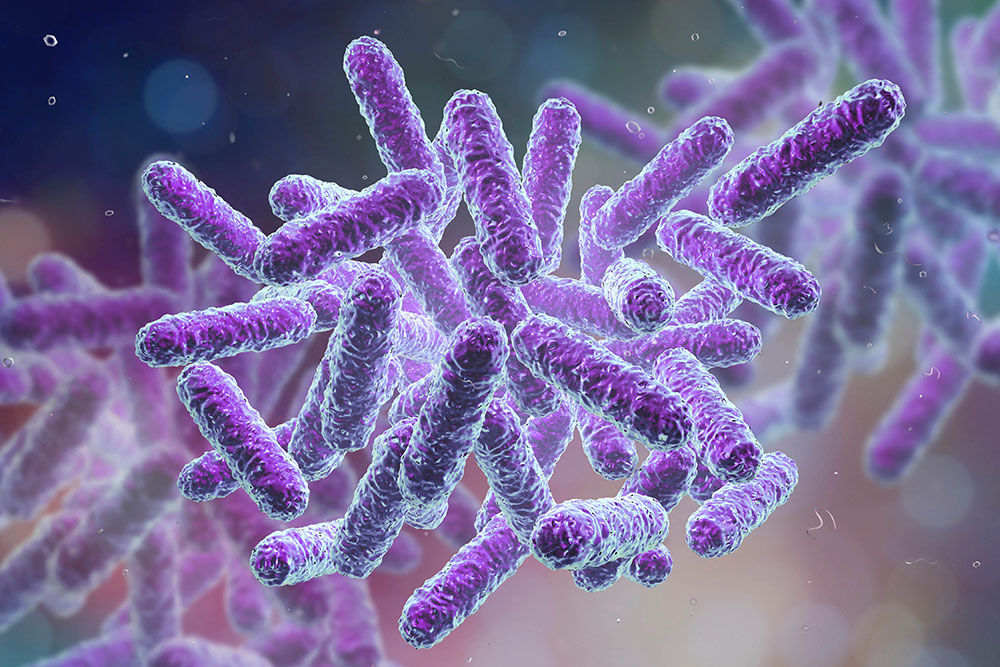The idea that there is a four-factor interaction when it comes to the entry of viruses into organisms now seems consolidated: the host surface, its microbiome, the immune system and the virus. Microbiota can either promote or inhibit viral replication and pathogenesis. Examples are data from studies on influenza viruses, HIV-1, Dengue viruses and more.
A fundamental question is: what animal models can be used for research in this area?
Mice treated with antibiotics, germ-free mice and flora associated are among the most interesting animal models used to understand how the microbiome plays an important role in terms of virus diffusion in the organism and pathogenicity. The growing use in research of gnotobiotic mice, made more flexible today by advanced housing technologies, continues to offer new horizons and knowledge to research.
In this sense, to go more deeply into the topic we suggest the reading of a review published in 2013 that describes the studies on the microbiota virus interaction conducted often in gnotobiotic mice*.
Jessica Wilks, Helen Beilinson, and Tatyana V. Golovkina. Dual role of commensal bacteria in viral infections. Immunol Rev. 2013 September ; 255(1): . doi:10.1111/imr.12097.
Recent Articles
- Gnotobiotic facilities: writing inside isolators 4 April 2022
- Germ-free cage sterilization 24 January 2022
- Microbiota and its importance in aging 25 October 2021
- Procedural diversity and technical choices working with gnotobiotic mice in IVCs. (part 2) 27 September 2021
- Procedural diversity and technical choices working with gnotobiotic mice in IVCs. (part 1) 30 August 2021
DVC – Digital Ventilated Cage for digital vivarium

The DVC® is capable to provide novel insights and enhance animal welfare checks thanks to the automatic data collection directly from the cage level. Specifically designed DVC® board enables different benefits for the researchers and vivarium people.


